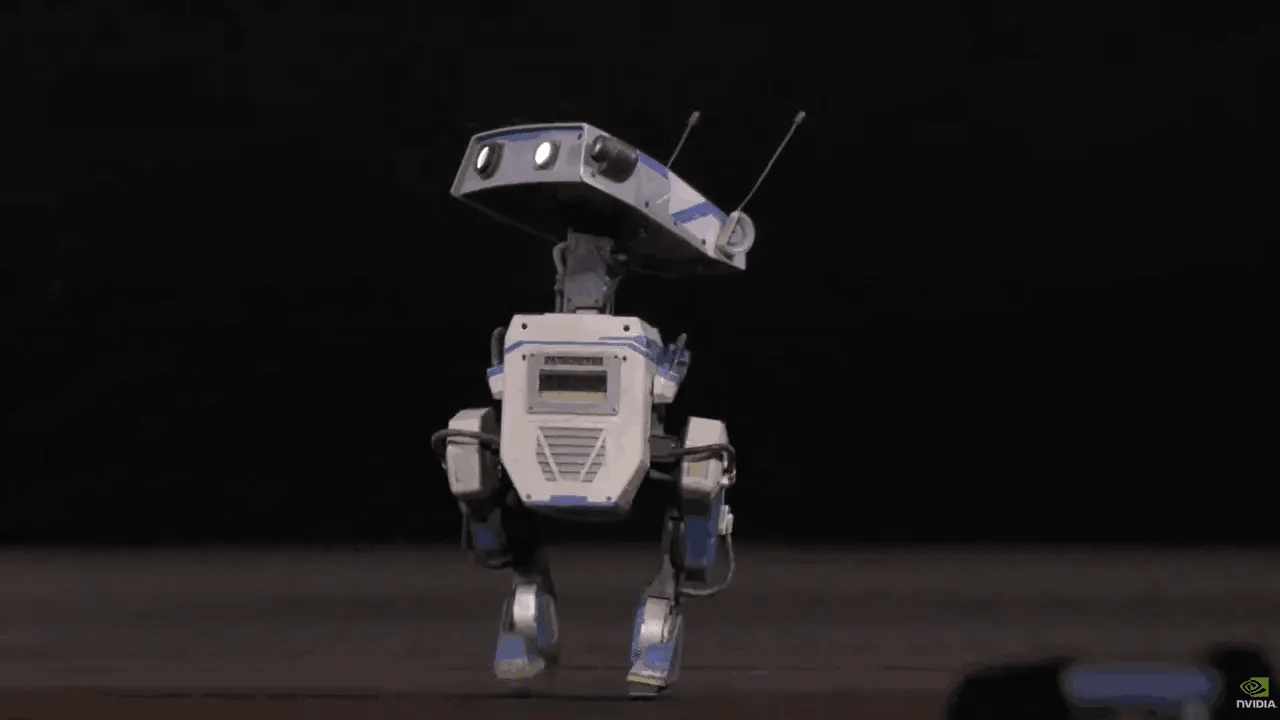Nvidia, Google, and Disney are partnering up to make Star Wars Droids real
Nvidia also adds AI to robots to make them more human-like
🤖 Nvidia demos a new Star Wars-inspired droid named Blue
🤯 Blue walked around stage so naturally it looks like CGI, but its real. LOOK AT IT!
🧠It was powered by two on-board Nvidia AI computers and a new Newton physics engine
🆕 Disney Research and Google Deepmind are codeveloping Newton for the next generation of robotics
🦾 Nvidia also introduced Isaac GR00T N1 to develop more human-like robots
Nvidia unveiled a little droid named Blue that looks and moves like a droid straight out of Star Wars. It looks like CGI, but it’s completely real, and it was on stage at Nvidia’s GTC developers conference.
The droid is walking on its own using two of Nvidia’s onboard AI computers and a new Newton physics engine that calculates the fine movements of its actuators in real-time. Newton is built on the Nvidia Warp framework, and Disney Research and Google Deepmind have partnered to use it to help robots of the future complete complex tasks more accurately.
For now, this is just a proof of concept, and it’ll likely be several years before Blue becomes a consumer robot. Disney Research, however, plans to use Newton to make its robotic characters lifelike and expressive. Just imagine how the realistic animatronics in Disney's Carousel of Progress or Enchanted Tiki Rook could be upgraded into a generation of entertainment robots that could pass for virtual actors and animals.
AI to make robots more human-like
Nvidia also announced a new open-sourced humanoid robot foundational model named Isaac GR00T N1.
It’s a new open generalist foundation model that aims to give robots more humanoid reasoning and motor skills. The new AI training model demonstrated how it will help robots with complex tasks like emptying a container into a bin, putting dishes into a dishwashing machine, and moving around parts in a factory.
It’s another small step in introducing more AI into robots to make them more human-like, which might make you immediately think of an inevitable future. But it’s neat nonetheless.
Kevin Lee is The Shortcut’s Creative Director. Follow him on Twitter @baggingspam.




